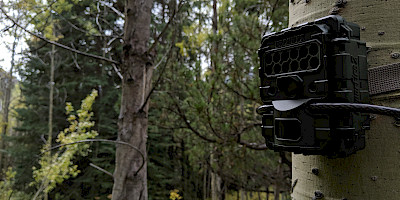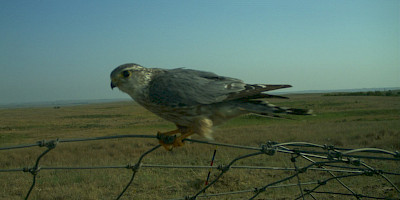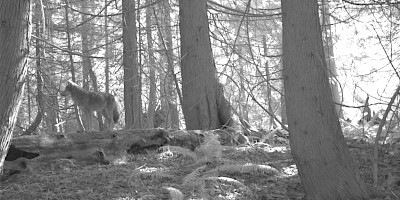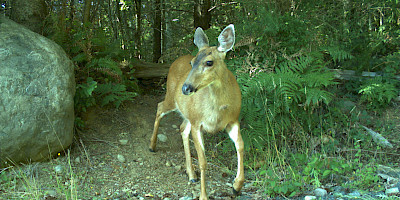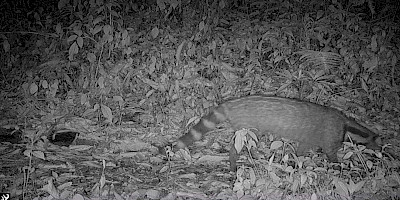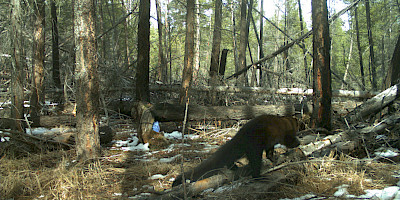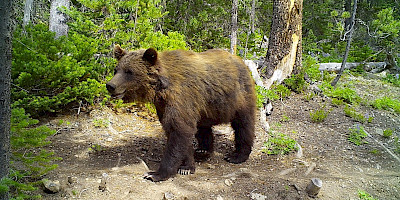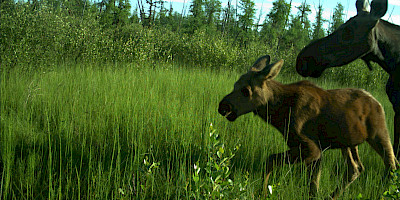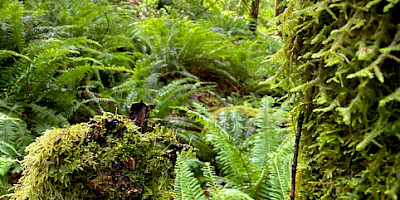Projects
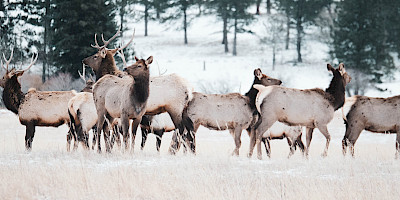
Overview
To update your project, please use the linked Project Update Form. Ensure that you are using your WildCAM affiliated email and contact details.
You can click on any of the projects to learn more about them, or explore the map. You can also access our searchable database here, where you can sort or search for projects by target species, affiliation, region, etc.
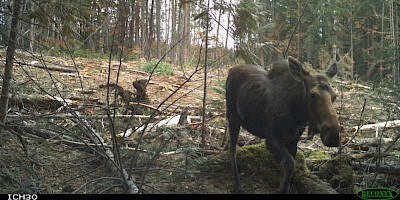
Of Mice and Moose: Impacts of Forest Harvest Practices on Mammal Communities
Alex Fraser and John Prince Research Forests, Caven Creek Cutblocks
This project focuses on the wildlife that use and frequent a gradient of forest harvesting methods in the Interior of BC. The experimental design involves three replicates of five forest harvesting treatments at three sites: Jaffray…
